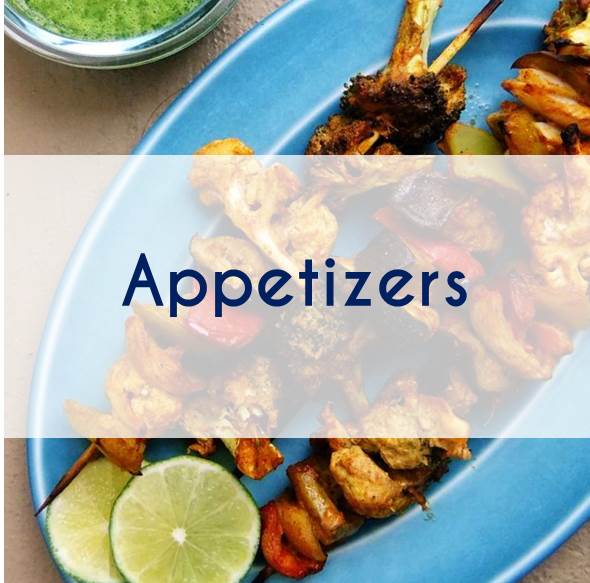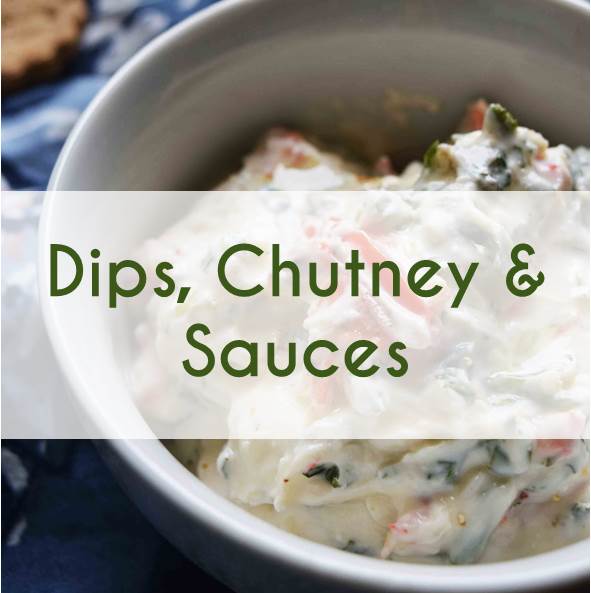 Street food culture is a prominent & delightful feature observed in India. I have grown up savoring plates of various chaats in the form of street food and have a very fond memory. Not only is the food usually hygienic and freshly prepared, the yummy offerings are hugely popular, very affordable and wonderfully delicious.
Street food culture is a prominent & delightful feature observed in India. I have grown up savoring plates of various chaats in the form of street food and have a very fond memory. Not only is the food usually hygienic and freshly prepared, the yummy offerings are hugely popular, very affordable and wonderfully delicious.
India – a country of vast diversity, each region has their own interpretation of street food and that brings a lot of variety and a huge palate to cater to everyone’s desires. For a tourist, probably eating street food would be the best way to get familiar with the food palate of India.
Pav Bhaji is a popular Maharashtrian dish. It is spicy, tangy and absolutely delicious mixture of various vegetables & curries. Originated in Mumbai, it is now widely spread across north and western regions of India and is a popular menu item amongst Indians.
Mumbai Pav Bhaji
Mumbai Pav bhaji
Recipe
For the Bhaji
- 2 medium sized Potatoes – Boiled and mashed
- 1/2 cup peas
- 1/2 cup carrots
- 1/2 cup cauliflower- grated
- 1/4 cup beans- finely chopped
- 1/4 cup corn kernels (optional)
- 1 capsicum – finely chopped
- 1 large onion – finely chopped
- 1 spring onion – finely chopped (optional)
- 2 large tomatoes – grated
- 1 inch ginger – finely chopped
- 3 cloves garlic – minced/ finely chopped
- 2 green chilli – finely chopped
- 3 tsp oil / butter
- Salt to taste
- Pinch of Asafoetida
- Red chilli powder – as per taste (use Kashmiri red chili for extra red color)
- 1/2 tsp turmeric powder – or as per taste
- 1 tsp raw mango powder. You can replace this with tamarind chutney/ tamarind paste. Find the recipe for Tamarind chutney here.)
- 1.5 tsp Pav Bhaji masala (or make your own. Ingredients listed below)
- 2 tsp lemon juice – freshly squeezed
- 2 drops red food color (optional for an intense reddish colored bhaji )
Spices for Pav Bhaji Masala
Roast all the dry whole ingredients (except dry mango powder) till nice aroma is released, cool down completely and grind into a dry powder. Will yield about 5-6 tsp Pab bhaji Masala.
- 4 whole red chillies
- 3 tsp coriander seeds
- 2 tsp cumin seeds
- 1/4 tsp black pepper corns
- 1/2 inch cinnamon stick
- 3 cloves
- 2 black cardamom
- 1 tsp fennel seeds
- 2 tsp raw mango powder (amchur)
For the Pav*
*For the pav dough, follow the same recipe as that used to make Bread. You can find the recipe for making the bread on my blog here.
Method
For the Pav
- After the dough has risen once, punch to remove excess air and divide into 6 equal balls and bake at 375 F for about 20 minutes. You can sprinkle sesame seeds on the bun before baking.
- Once the buns are baked, let it cool down completely.
- Slit each bun vertically and roast on the griddle/tava with butter till crisp. Serve hot. As an interesting twist, you can also convert your pav buns into garlic bread and serve with Bhaji.
- In a pan, add the butter and let it melt. To this, add the asafoetida. Now add the onions and fry till transparent.
- Now add in the spring onions & capsicum and saute on high flame for 2 minutes.
- Now add the ginger, garlic, green chillies and grated tomato paste. Add in the salt, turmeric powder and red chilli powder. Cover with lid and keep in simmer for 5 minutes. You can also add the red food color here if desired.
- Take the peas, carrot, cauliflower, beans and corn in a bowl and microwave for 5 minutes. Alternately, you can also steam these vegetables or pressure cook till 1 whistle.
- Now add these steamed vegetables and mashed potatoes in the tomato curry pan and add 1/2 cup of water. Add salt, pav bhaji masala and keep on high flame till the bhaji comes to a boil. Cover with lid and keep on simmer for 10 minutes.
- Add the amchur or tamarind chutney (see the recipe here) and lemon juice.
- Garnish the bhaji with finely chopped coriander, capsicum and onion and add a dollop of butter for luster and extra flavor.
This Bhaji is a versatile vegetable dish which can be eaten with various breads. I have served this with Garlic naans/ bread and even as a side dish with upma and it blends in perfectly with each. Usually this will yield a good amount of bhaji and can be kept in the fridge for over 2 days. In fact, i have observed that the bhaji tastes better after a few hours as the masalas blend in well and make the bhaji taste even better. I would recommend making this bhaji about 5-6 hours before serving.
Keep reading DSB’s post as the next recipe is an exciting take on using the left over Bhaji in form of Bhaji Rava Pancake






















Pingback: Bhaji Rava Pancake | Divine Spice Box
great prachi you are brilliant
Thanks Mausi Ji 🙂
Pingback: Golden Onion Bread | Divine Spice Box
Pingback: Recipes | Divine Spice Box
Pingback: Spring Skillet | Divine Spice Box
Pingback: Wheatsome Dinner Rolls with Sesame Sprinkles | Divine Spice Box
This looks quite fabulous! And with all those flavours, I can imagine it would be beautifully fragrant and tasty too 🙂
Pingback: Pav Bread – Indian dinner rolls | Divine Spice Box
Pingback: Diwali 2016- Collection of 27 recipes | Divine Spice Box
Pingback: Pav Bread - Indian dinner rolls – Divine Spice Box
Pingback: Spring Skillet – Divine Spice Box
Pingback: Bhaji Rava Pancake – Divine Spice Box
Pingback: My Homepage
Pingback: Holi Specials - Ideas for Menu planning – Divine Spice Box